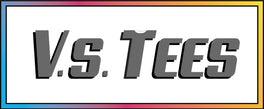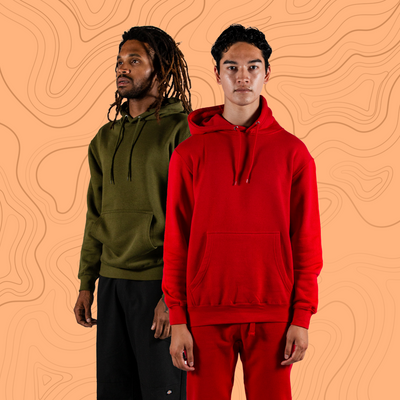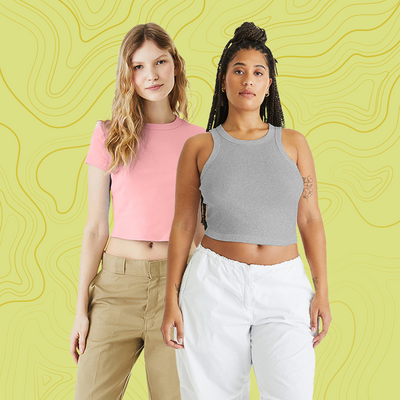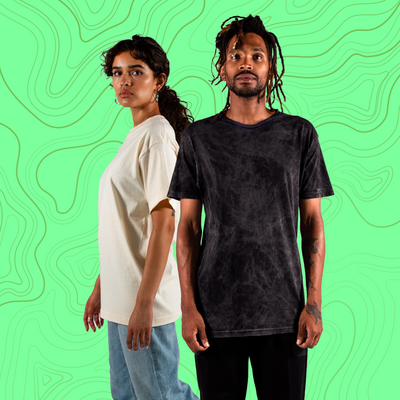Fabric Fundamental: Your Comprehensive Guide to Textile Types and Uses
Posted by ARTEMIO NERVEZ JR
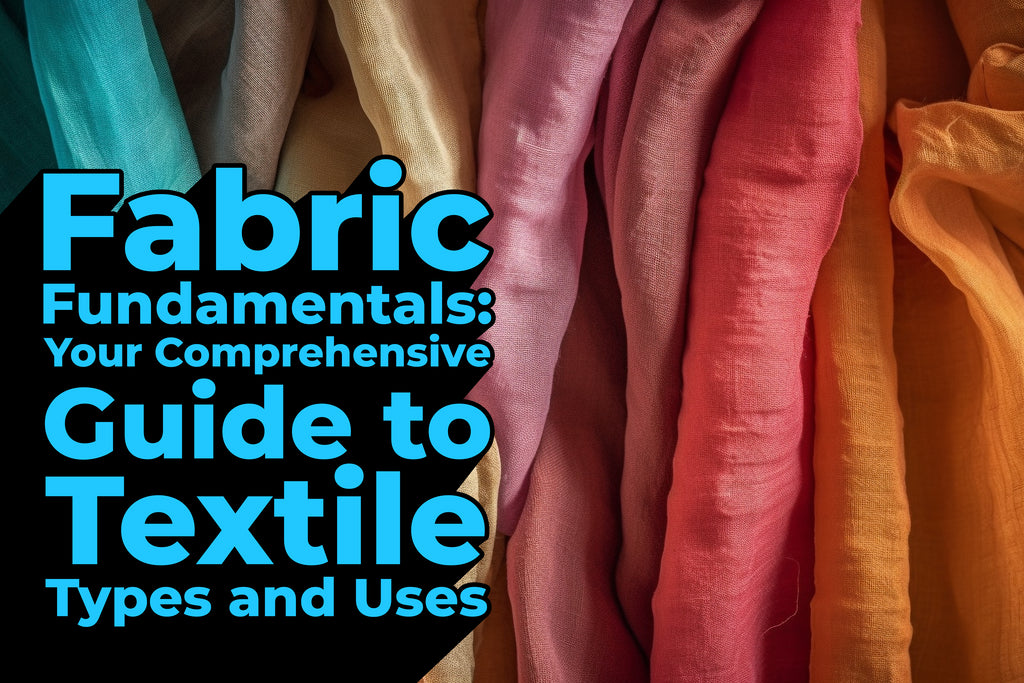
Fabrics are everywhere we look, from the clothes we wear to the furniture we sit on to the homes we live in. But with so many different types of fabric available, it can be hard to know which one is right for your needs.
In this blog article, we'll cover everything you need to know about fabrics, from the different types of fibers to the different types of weaves and fabric finishes. We'll also give you some tips on how to choose the right fabric for your next project.
Types of Fabric Fibers
The first step to understanding fabric is to understand the different types of fibers that are used to make it. Fibers are the basic building blocks of fabric, and they can be made from a variety of different materials, including:
- Natural fibers: Natural fibers are made from plants or animals. Some common examples of natural fibers include cotton, linen, wool, and silk.
- Synthetic fibers: Synthetic fibers are man-made fibers that are created from petroleum or other petrochemicals. Some common examples of synthetic fibers include polyester, nylon, and acrylic.
Types of Fabric Weaves
Once the fibers have been created, they can be woven together to create fabric. There are two main types of fabric weaves: woven and knitted.

Types of Fabric Finishes
Once the fabric has been woven or knitted, it can be finished using a variety of different techniques. Some common fabric finishes include:
- Dyeing: Dyeing is the process of adding color to fabric. Fabric can be dyed using a variety of different methods, including immersion dyeing, spray dyeing, and tie dyeing.
- Printing: Printing is the process of adding patterns or designs to fabric. Fabric can be printed using a variety of different methods, including screen printing, roller printing, and digital printing.
- Finishing: Finishing is the process of giving fabric its final desired properties. Some common fabric finishing techniques include bleaching, mercerizing, and flame retardant treatment.
Choosing the Right Fabric

When choosing a fabric, there are a few things you'll need to consider:
- Purpose: What will you be using the fabric for? If you're making a garment, you'll need to choose a comfortable and durable fabric. If you're making a quilt, you'll need to choose a soft and easy fabric to sew.
- Weight: Fabric weight is measured in ounces per square yard (OSY). Lightweight fabrics are often used for summer clothing and crafts, while heavyweight fabrics are often used for winter clothing and upholstery.
- Drape: Drape is the way that a fabric falls. Fabrics with a good drape will flow and move naturally, while fabrics with a poor drape will be stiff and unflattering.
- Price: Fabric prices can vary widely depending on the type of fiber, the weave, and the quality of the fabric. Be sure to set a budget before you start shopping.
Common Fabric Types and Their Uses
Here are a few of the most common fabric types and their uses:

- Cotton: Cotton is a versatile and durable fabric that is used for a wide variety of purposes, including clothing, bedding, and towels. Cotton is also a popular choice for quilting and other crafts.
- Linen: Linen is a strong and absorbent fabric that is often used for summer clothing and towels. Linen is also a popular choice for tablecloths and other home décor items.
- Wool: Wool is a soft and warm fabric that is often used for winter clothing, sweaters, and blankets. Wool is also a popular choice for rugs and carpets.
- Silk: Silk is a luxurious and elegant fabric that is often used for special occasion clothing and home décor items. Silk is also a popular choice for lingerie and bedding.
- Polyester: Polyester is a synthetic fabric that is strong and durable. Polyester is often used for clothing, sportswear, and home décor items.
- Nylon: Nylon is a synthetic fabric that is lightweight and durable. Nylon is often used for clothing, sportswear, and outdoor gear.
Conclusion:
With so many different fabric types available, choosing the right fabric for your needs is important. By considering the purpose of the fabric, the weight, the drape, and the price, you can find the perfect fabric for your next project here at VS Tees.
VS Tees not only showcases a diverse range of fabric options but also provides a thorough education on each material's unique benefits, costs, and sustainability aspects. This is instrumental in demystifying the often overwhelming process of fabric selection, thereby empowering entrepreneurs to make decisions with clarity and confidence.
Through a personalized consultative approach, VS Tees delves into understanding each business owner's unique aspirations and concerns. This collaborative exploration helps align the fabric's feel, durability, and look with the brand's envisioned identity, ensuring that the final product resonates well with the target audience.

